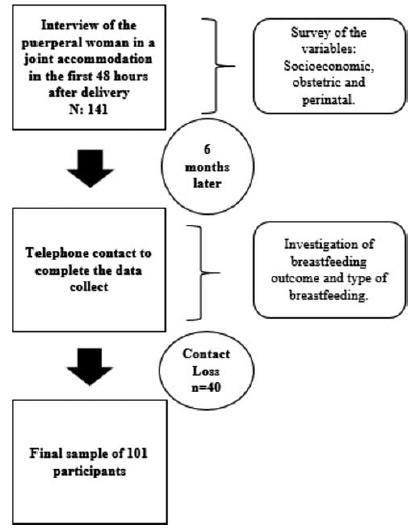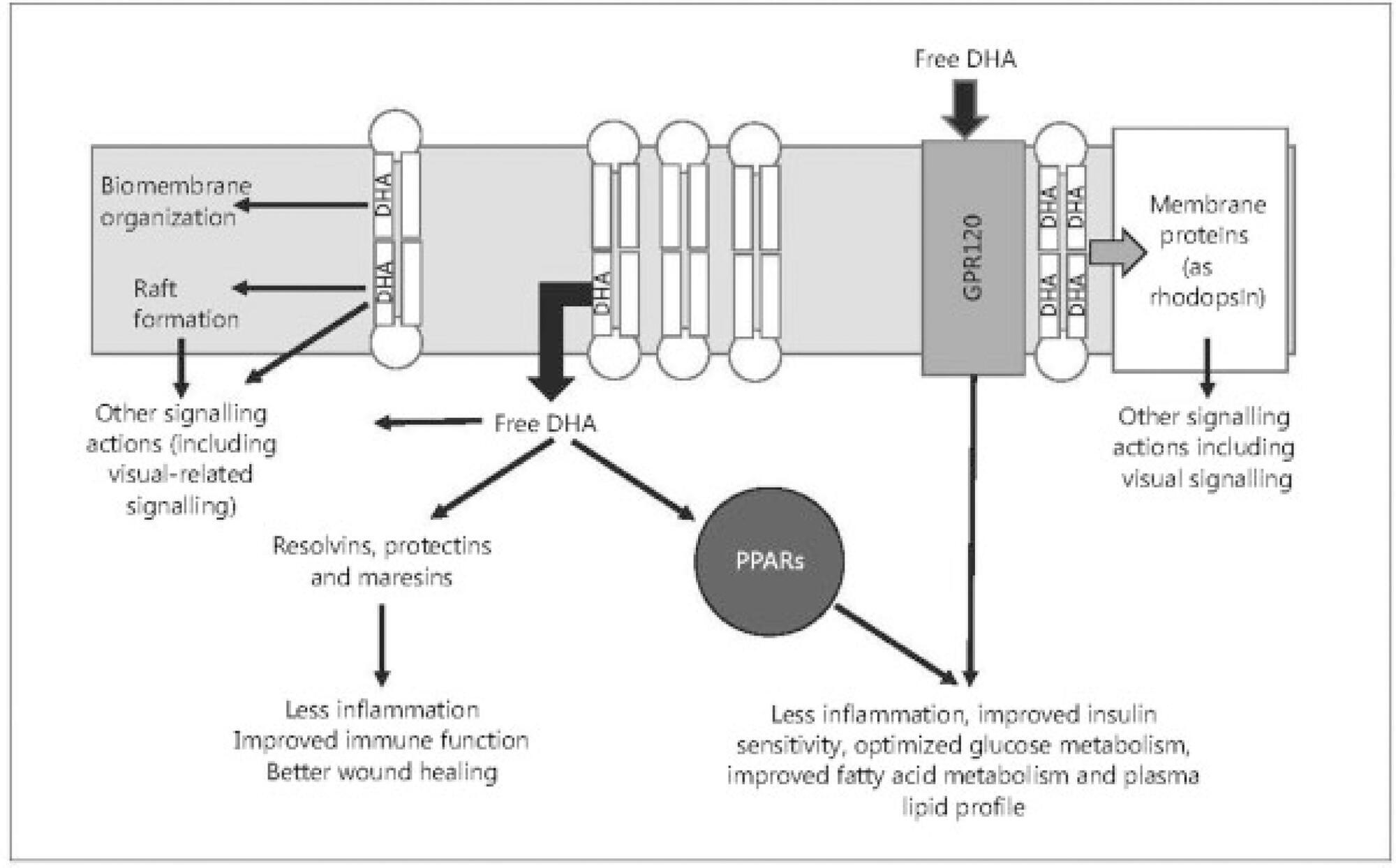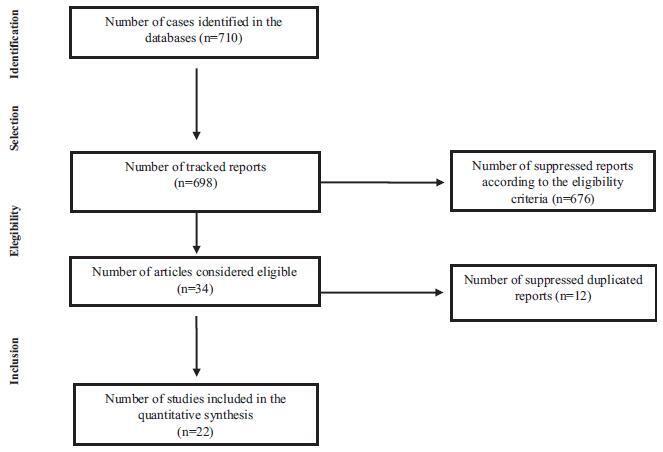Summary
Rev Bras Ginecol Obstet. 2022;44(5):532-539
The present article seeks to consolidate existing knowledge on breastfeeding during the SARS-CoV-2 pandemic.
Articles from 2020 and 2021 collected from the PubMed, CAPES, Virtual Health Library, Google Scholar, SciELO, and UpToDate databases were analyzed. Books and government documents published in the last decade (2010-2020) were also consulted.
Sixteen works were used in the present study. The date of publication and discussion of SARS-CoV-2 transmission through breastmilk were the inclusion criteria. Thus, articles containing repeated information or with no relevance to add to the production were excluded. Data collection comprised critical reading and synthesis of the main information obtained on the subject, which were performed for the preparation of the present study. The research took place in the period from March 27 to April 2, 2021.
Breast milk has diverse benefits for both the nursing mother and the infant. The presence of viral RNA by real-time polymerase chain reaction (RTPCR) in milk from disease-positive mothers has been detected in a few cases, and infant infections in these conditions suggest oral transmission of maternal or third-party origin. The virulence of the novel coronavirus in human milk is not confirmed, while significant amounts of exclusive antibodies are.
Lactation in the context of COVID-19 has shown greater benefits than risks of vertical transmission. Therefore, it should be encouraged when possible.
Summary
Rev Bras Ginecol Obstet. 2021;43(12):932-939
To study maternal anxiety in pregnant women without comorbidities in the context of the COVID-19 outbreak in Brazil and to study maternal knowledge and concerns about the pandemic.
This is a secondary analysis from a national multicenter cross-sectional study performed in 10 cities, from June to August, 2020, in Brazil. Interviewed postpartum women, without medical or obstetrical comorbidities, were included in the present subanalysis. A structured questionnaire and the Beck Anxiety Inventory (BAI) were applied.
Out of the 1,662 women, 763 (45.9%) met the criteria for the current analysis and 16.1% presented with moderate and 11.5% with severe maternal anxiety. Moderate or severe maternal anxiety was associated with high school education (odds ratio [OR]:1.58; 95% confidence interval [CI]:1.04–2.40). The protective factor was cohabiting with a partner (OR: 0.46; 95%CI: 0.29–0.73). There was a positive correlation between the total BAI score and receiving information about care in the pandemic (rpartial 0.15; p < 0.001); concern about vertical transmission of COVID-19 (rpartial 0.10; p = 0.01); receiving information about breastfeeding (rpartial 0.08; p = 0.03); concerns about prenatal care (rpartial 0.10; p = 0.01), and concerns about the baby contracting COVID-19 (rpartial 0.11; p = 0.004). The correlation was negative in the following aspects: self-confidence in protecting from COVID-19 (rpartial 0.08; p = 0.04), having learned (rpartial 0.09; p = 0.01) and self-confidence in breastfeeding (rpartial 0.22; p < 0.001) in the context of the pandemic.
The anxiety of pregnant women without medical or obstetrical comorbidities was associated to high school educational level and not living with a partner during the COVID-19 pandemic. Self-confidence in protecting against COVID-19 and knowledge about breastfeeding care during the pandemic reduced maternal anxiety.
Summary
Rev Bras Ginecol Obstet. 2021;43(10):728-735
The role of breast milk in the physical and mental health of infants and in the prevention of infant death is widely known. The benefits of breastfeeding for mothers and infants have been proven, but several factors can affect breastfeeding. Childbirth is one of the most influential factors. The present study aimed to investigate the effect of the type of delivery (natural childbirth and cesarean section) on breastfeeding based on the latch, audible swallowing, type of nipple, comfort, hold (LATCH) scoring system.
The present cross-sectional observational study was performed using the census method among women who referred to Afzalipour Hospital for delivery in May 2020; the breastfeeding pattern was completed by observation and the in-case information, by LATCH checklist. Data were analyzed using the Statistical Package for the Social Sciences (IBM SPSS Statistics for Windows, IBM Corp., Armonk, NY, United States) software, version 19.0, analysis of variance (ANOVA), and the Chi-squared statistical test.
Out of a total of 254 deliveries (127 natural childbirths and 127 cesarean deliveries), there was no statistically significant difference between the 2 study groups in terms of age, maternal employment status, and infant weight, but there was a statistically significant relationship between the type of delivery, the maternal level of schooling, and the appearance, pulse, grimace, activity, and respiration (Apgar) score in the first minute. The mean score of breastfeeding patterns among the natural childbirth group (9.33) was higher than that of the cesarean section group (7.21).
The type of delivery affects the mother’s performance during breastfeeding, and mothers submitted to cesarean sections need more support and help in breastfeeding.
Summary
Rev Bras Ginecol Obstet. 2021;43(2):91-96
To analyze the factors associated with the prevalence of exclusive breastfeeding (EBF) for up to six months in mother/infant binomials cared for at a usual-risk maternity hospital.
The present is a descriptive, longitudinal, prospective, quantitative study. Socioeconomic, obstetric and perinatal variables from 101 mother/infant binomials in a Public Maternity Hospital in the city of Curitiba, state of Paraná, Brazil, were investigated during hospitalization after delivery and 6 months after birth. For the statistical analysis, the Chi-squared test was used. The variables that showed values of p < 0.25 for the Chi-squared test were also submitted to an odds ratio (OR) analysis.
The prevalence (42.6%) of EBF was observed. Most women (93.1%) had had more than 6 prenatal consultations, and the variables maternity leave and support to breastfeeding were associated with EBF. Support to breastfeeding by professionals and family members increased 4-fold the chance of maintenance of EBF (OR = 0.232; 95% confidence intercal [95%CI]: 0.079 to 0.679; p = 0.008). Cracked nipples were the biggest obstacle to breastfeeding, and low milk production was the main responsible factor for weaning.
The encouragement of breastfeeding and the mother’s stay for a longer period with the child contributed to the maintenance of EBF until the sixth month of life of the infant.

Summary
Rev Bras Ginecol Obstet. 2020;42(3):160-164
Long-chain omega-3 (n-3) polyunsaturated fatty acids (PUFAs), such as the eicosapentaenoic and docosahexaenoic acids, have been linked to human health in all stages of life, from fetal development to aging. These PUFAs act as precursors for various metabolites involved in the prevention of certain diseases. The recognizable effects of these supplements prior to pregnancy (oocyte maturation), during pregnancy (improvement in the risk of premature delivery, among others) and in the offspring (in terms of cognitive function and the approach to neurodevelopmental disorders) are described in the present narrative review. We concluded that the diffusion of these supplements may improve the prognosis of these patients in a simple, effective way, and with high safety rates.

Summary
Rev Bras Ginecol Obstet. 2018;40(6):354-359
The offer of the maternal breast to the baby is an unquestionable right of mothers and their children, and all efforts should bemade to promote, follow and maintain exclusive breastfeeding for up to 6months and supplement it until the child completes 2 years of age. Many publications are available in the literature about the qualities of breast milk, its benefits and health repercussions, stimulating the practice of breastfeeding and supporting campaigns for its implementation. However, although it is widely known that breastfeeding is an important step in the reproductive process of women and its practice offers benefits to both mother and child, most of the available information highlights the benefits of breast milk for children, while mention of the effects of breastfeeding on the health of the mother is usually neglected. Thus, the objective of the present study is to highlight the multiple benefits of breastfeeding for the physical and emotional health of the nursing mother. The authors consulted articles published in the databases PubMed, Virtual Health Library andWeb of Science using the keywords breastfeeding, breast milk, lactation and maternal health.
Summary
Rev Bras Ginecol Obstet. 2017;39(6):258-264
In the pregnancy-puerperal cycle, women may develop complications that require admission to the Intensive Care Unit (ICU). Thus, special attention to pharmacotherapy is necessary, particularly to potential drug interactions (PDIs) and to the effect of the drugs on the fetus and newborn.
The aim of this study was to determine the profile of PDIs and the potential risk of drugs used during pregnancy and breastfeeding among patients admitted to the ICU.
We conducted an observational, cross-sectional and prospective study, including pregnant and breastfeeding women admitted to the ICU at the Women’s Hospital of a university in the city of Campinas, Brazil, for one year. Online databases were used to identify and classify the PDIs and the potential risk of the drugs used during pregnancy and breastfeeding.
We evaluated 305 prescriptions of 58 women, 31 pregnant and 27 breastfeeding, and 284 (91%) prescriptions presented PDIs. A total of 175 different combinations of PDIs were identified in the prescriptions, and adverse effects caused by the simultaneous use of drugs were not actually observed in the clinical practice. A total of 26 (1.4%) PDIs were classified as contraindicated. We identified 15 (13.8%) drugs prescribed with risk D, and 2 (1.8%) with risk X for pregnant women, as well as 4 (4.9%) drugs prescribed with high risk for breastfeeding women.
This study demonstrates that there is a high incidence of PDIs in prescriptions. Most drugs used by pregnant and breastfeeding women at the ICU did not present serious risks to their fetus and newborns, but sometimes drugs with risk D or X are necessary in the course of the treatment.
Summary
Rev Bras Ginecol Obstet. 2017;39(3):128-141
To evaluate the effect of supplementation with omega-3 sources on the fatty acid composition of human milk.
The review consisted of the search for articles published in PubMed, Biblioteca Virtual de Saúde (Virtual Health Library[VHL]) andWeb of Science databases using the following keywords: fatty acids, omega-3, human milk and supplementation; for this purpose, we have used the program of research to integrate the services for the maintenance of autonomy (PRISMA) checklist. The following selection criteria were used: articles in English, Portuguese, Spanish or Italian, published between 2000 and 2015, and about studies performed in humans. We found 710 articles that met the established criteria; however, only 22 of them were selected to be part of this study.
All studies found a positive relationship between the consumption of omega- 3 sources and their concentration in humanmilk. The differences in the findings are due to the distinct methods used, such as the specific time of the omega-3 supplementation, the type of omega-3 source offered, as well as the sample size.
Although the studies were different in several methodological aspects, it was possible to observe the importance of omega-3 supplementation during gestation and/or the puerperium.

Search
Search in:
breast (42) breast cancer (42) breast neoplasms (95) Cesarean section (72) endometriosis (66) infertility (56) Maternal mortality (43) menopause (82) obesity (58) postpartum period (40) pregnancy (225) Pregnancy complications (99) Prenatal care (68) prenatal diagnosis (50) Prevalence (41) Quality of life (51) risk factors (94) ultrasonography (79) urinary incontinence (40) women's health (48)